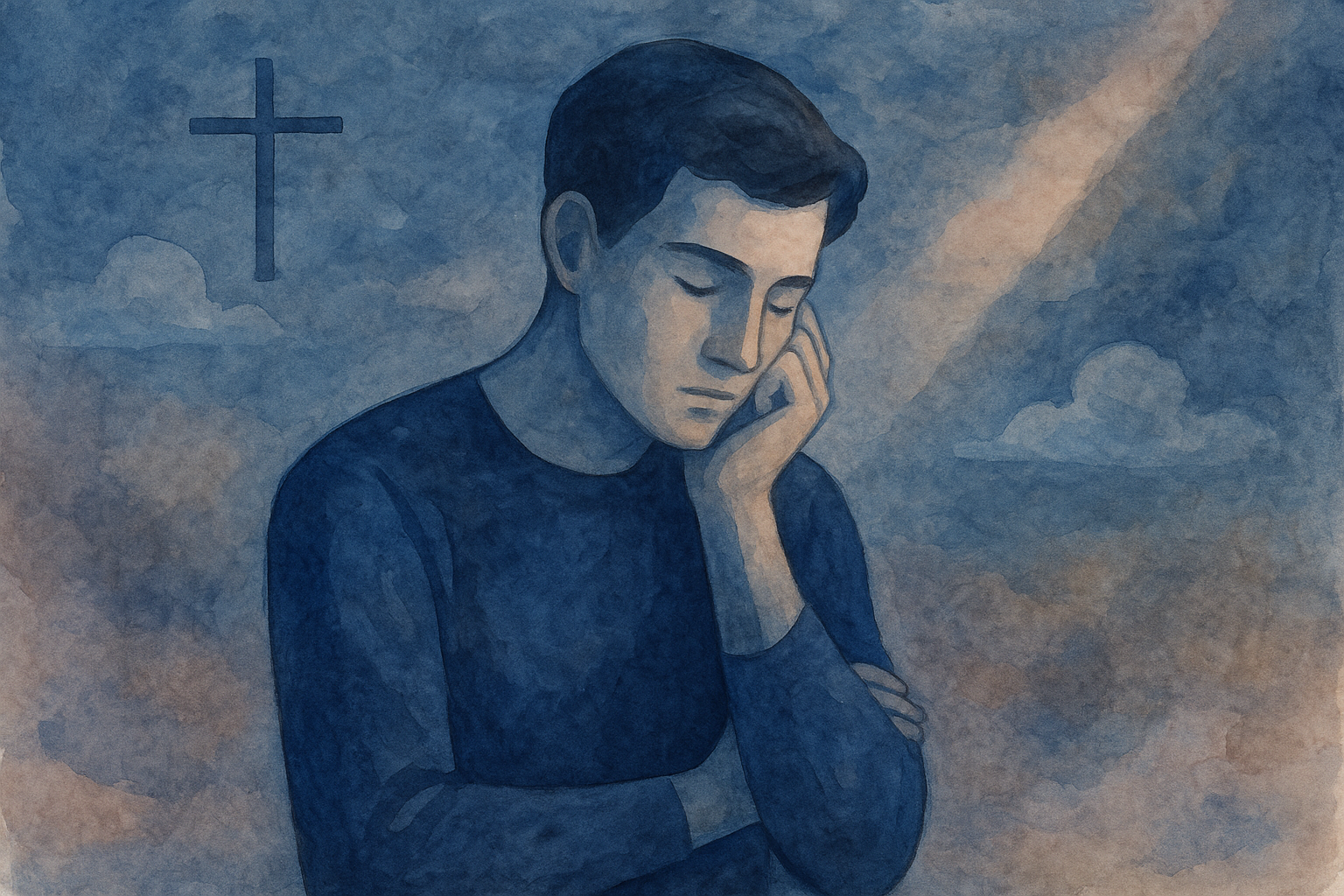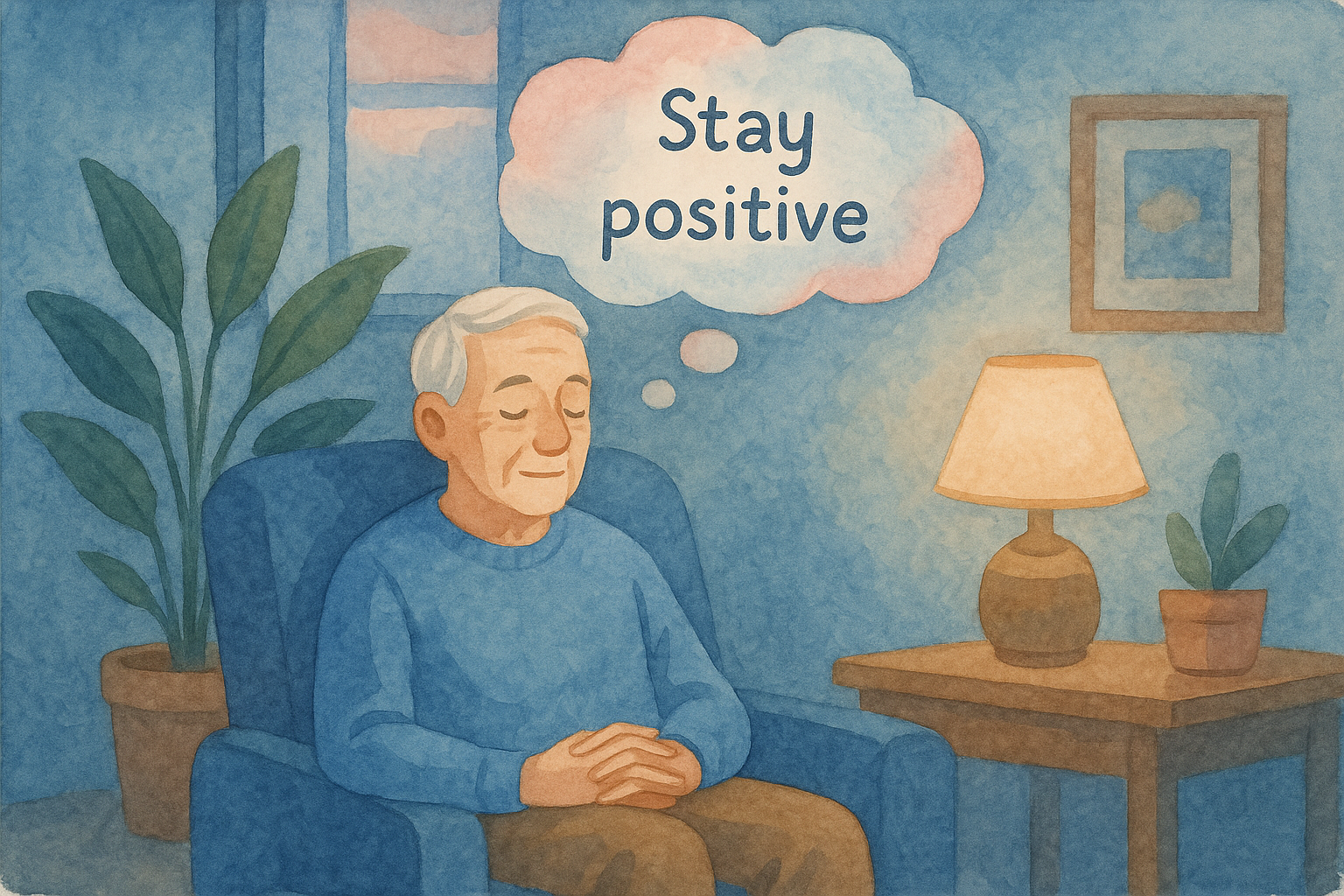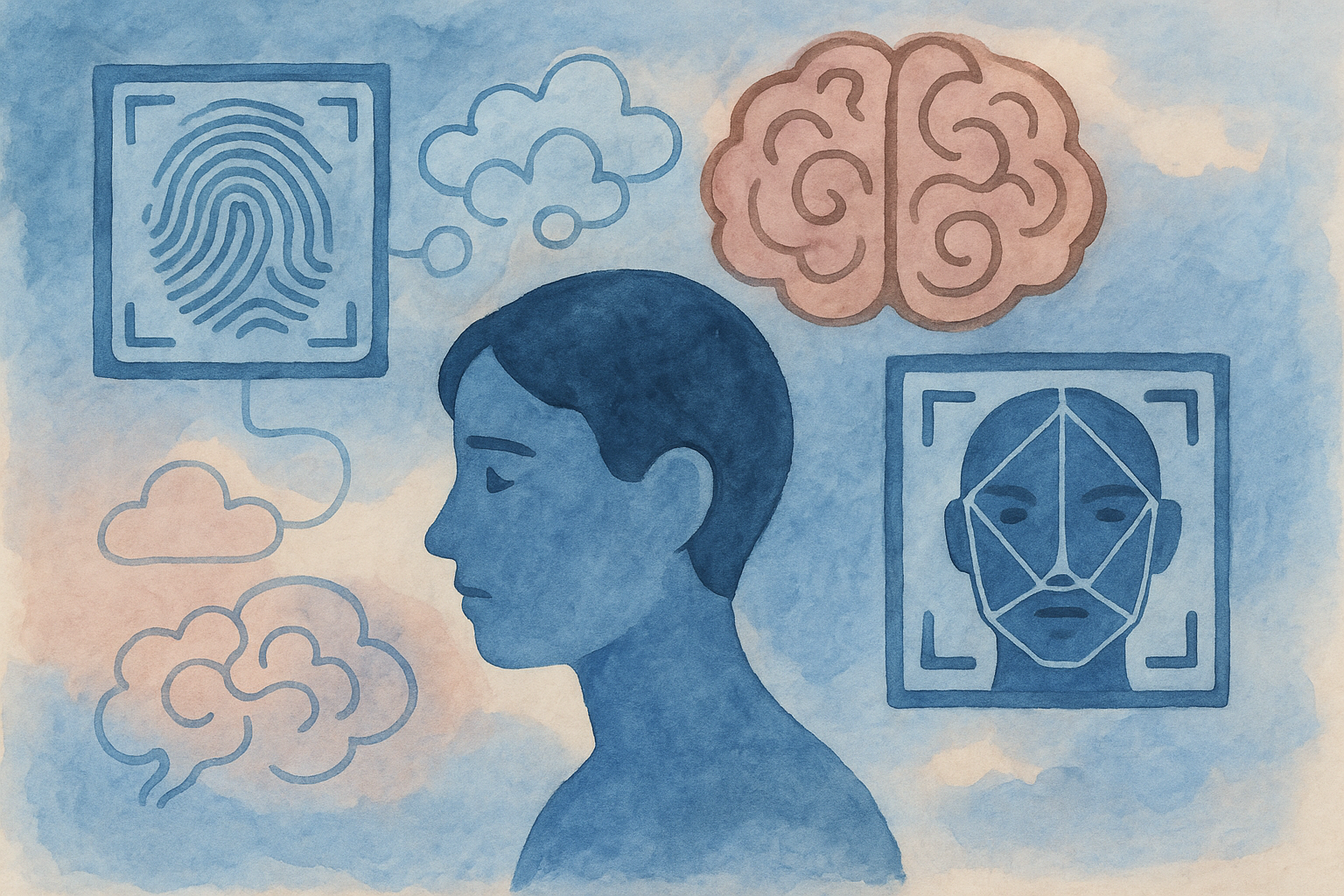Scrupulosity and moral OCD can be debilitating, driven by fear of sin, blasphemous thoughts, and overwhelming guilt. This article explores the cognitive-behavioral therapy (CBT) approach to mapping maladaptive beliefs and fostering resilience. By understanding the connection between beliefs, thinking, and feelings, individuals can cultivate healthier thought patterns that alleviate their distress.
The Nature of Scrupulosity and OCD
Scrupulosity is a distinct form of Obsessive-Compulsive Disorder (OCD) characterized by persistent, intrusive thoughts surrounding moral or religious concerns, often leading to excessive fear of sinning or having blasphemous thoughts. Unlike typical OCD, where contamination or harm compulsions might be central, scrupulosity is rooted in the internalization of moral standards and religious doctrines. Individuals affected by scrupulosity often experience heightened anxiety due to the belief that they may fall short of these moral or divine expectations.
The root causes of scrupulosity can be complex and multifaceted. They often stem from childhood experiences, learned behaviors, or family dynamics. For example, an individual raised in a profoundly religious environment may develop a hyper-awareness of sin, leading to an ongoing fear of eternal damnation for even the most trivial misdeeds. Once these thoughts take hold, they can spiral out of control, engendering an individual’s belief that they must engage in compulsive behaviors to alleviate their anxiety—yet such behaviors often provide only temporary relief.
Symptoms manifest as a series of distressing obsessive thoughts, typically focused on fears of being sinful or offending God. This can include worries about harmful thoughts that contradict their religious beliefs—these are often referred to as blasphemous thoughts. For instance, a devout person might find themselves having an impulsive thought that feels sacrilegious, such as wishing ill upon a religious figure. The contradiction between these thoughts and their belief system creates a profound sense of guilt and anxiety. The individual then engages in compulsive behaviors, such as excessive prayer, seeking reassurance from clergy, or performing ritualistic acts intended to purify themselves from imagined sins.
Real-life examples illustrate the overwhelming grip scrupulosity can have on a person’s life. Consider Emily, a 32-year-old woman who has struggled with scrupulosity since her teenage years. One day, while attending a church service, she felt an intrusive thought that contradicted her values: “What if I’m not really a believer?” Devastated by this thought, she spent the next several hours praying and seeking reassurance from her pastor, only to feel temporarily relieved before the cycle began again with even stronger anxiety.
Another example involves Jacob, a university student who considers himself deeply spiritual. His mind races with fears that he might inadvertently commit a sin by not completing religious obligations. If he fails to pray at the same hour each day, he feels overwhelmed with guilt and fears he has offended God. Consequently, he finds himself stuck in the bathroom for excessive periods engaging in rituals that he believes will absolve him of his transgressions. As these compulsions consume more and more of his time, they significantly interfere with his academic performance and social life.
These cases exemplify how scrupulosity can cloud one’s judgment and create a persistent feeling of moral inadequacy. It is important to recognize that individuals grappling with scrupulosity are not merely being devout; they are ensnared in a cycle of irrational fears driven by intruding thoughts that create unbearable psychological distress. Understanding these manifestations is vital for those seeking effective treatment strategies, particularly through Cognitive Behavioral Therapy (CBT), which employs empathetic approaches to dismantle these deeply held fears and beliefs.
In summary, scrupulosity and moral OCD impede the ability of those affected to engage with their faith freely. By examining the nature of these disorders and how they specifically manifest within religious contexts, we can better empathize with those who struggle, creating a pathway toward recovery that honors their experiences while fostering psychological well-being.
Exploring Religious Guilt and Spiritual Fears
Religious guilt and spiritual fears often intertwine with scrupulosity and moral OCD, creating a complex web of anxiety that significantly affects an individual’s mental health. These issues can be magnified by cultural and religious beliefs, serving as both triggers and amplifiers for the distress experienced by those suffering from scrupulosity. Individuals from strict or devout religious backgrounds may be particularly vulnerable, as their belief systems often emphasize the severity of sin and the perpetual need for purity.
A common manifestation of scrupulosity is the overwhelming fear of committing sin. For instance, John, a devout individual in his thirties, experiences anxiety each time he interacts with others. He fears that a casual comment he made in jest might have been disrespectful to a religious figure. This thought plagues him, leading him to repeatedly seek reassurance from friends and family about the appropriateness of his comments, often inducing further panic rather than alleviating his concerns. His obsessive nature leads him to re-evaluate every social encounter through a magnifying glass: Did he laugh too loud? Did he come off as irreverent? Each question spirals into a cycle of guilt and distress rooted deeply in his beliefs about sin and morality.
Spiritual fears often extend beyond worries about sin and may touch on blasphemous thoughts that verge on the sacrilegious. Emily, a college student raised in a highly conscientious religious environment, finds herself plagued by intrusive thoughts that contradict her deeply held beliefs. Despite her commitment to her faith, she experiences moments where she fears she might inadvertently utter something blasphemous or harbor thoughts contrary to her spiritual values. The more she tries to suppress these thoughts, the more potent and frequent they become, leading her to question her faith and ultimately her self-worth. This form of moral OCD not only affects her daily actions but distorts her perception of herself as a person of faith, making her feel guilt-ridden and unworthy.
Cultural influences cannot be overlooked in this discussion. Religious traditions often carry specific rituals and moral codes that dictate behavior, and deviation from these norms can be met with significant internal and external consequences. In some cultures, the idea of sin is not only a personal failing but a source of shame for the entire family. For instance, Ahmed, who grew up in a conservative community, struggles with moral OCD as he feels he must publicly uphold his community’s values. When he experiences disturbing thoughts that diverge from these teachings, he feels immense fear, believing that a single misstep could lead not only to his spiritual downfall but also dishonor for his family. This fear can be paralyzing, manifesting in compulsive behaviors—such as repeated prayers or engaging in self-punishment—aimed at alleviating the guilt he feels for his thoughts.
The pressure to adhere tightly to religious expectations can exacerbate the internal conflict experienced by individuals with scrupulosity. This tension often leads to a disabling cycle of guilt and anxiety. Instead of fostering a spirit of compassion, the emphasis on moral integrity may inadvertently cultivate self-judgment and fear, ultimately disrupting one’s spiritual journey.
As individuals grapple with these burdens, it is essential to recognize the impact of religious guilt and spiritual fears on their overall well-being. Acknowledging these dynamics offers a path toward understanding their emotional distress while helping to frame struggles within the context of personal beliefs and cultural backgrounds. Recognizing that these fears can be a manifestation of deeper issues permits both individuals and caregivers to approach healing with empathy and insight, setting the stage for more effective therapeutic avenues.
Understanding the Cognitive-Behavioral Therapy Approach
Cognitive-behavioral therapy (CBT) emerges as a pivotal therapeutic strategy for individuals grappling with scrupulosity and moral OCD, which are manifestations of intrusive thoughts centered around fears of sin, moral failing, and blasphemous ideation. This form of therapy is anchored in the understanding that our thoughts significantly influence our feelings and behaviors. For those burdened by scrupulosity, the oppressive weight of religious guilt and spiritual fears can feel insurmountable, often compounded by maladaptive beliefs that distort their perception of morality and self-worth.
At its core, CBT encourages individuals to map and dissect these maladaptive beliefs. For instance, someone struggling with scrupulous thoughts may hold the belief that thinking about a sinful act is as culpable as committing it. This cognitive distortion can lead to an overwhelming sense of guilt and anxiety. Through CBT, a therapist can help the individual identify this thought pattern and challenge it with a more rational perspective. Reframing this belief might involve expressing that while intrusive thoughts may occur, they do not define one’s character or intentions. An effective thought might be: “Having a thought does not mean I endorse it or will act on it.”
CBT also emphasizes the development of flexible thinking. For instance, an individual worried about committing a sin might find relief in acknowledging that imperfection is an inherent part of being human. A powerful reframe could support the notion that the mere presence of doubt or fear does not diminish one’s moral standing. This acceptance is integral to alleviating the pervasive distress that accompanies these struggles. Individuals can be guided to articulate supportive thoughts such as, “It’s normal to have conflicting thoughts, but I can choose how to act.”
Moreover, addressing blasphemous thoughts is crucial in the context of moral OCD. These unwanted thoughts can provoke extreme anxiety, often leading to compulsive rituals seeking reassurance or forgiveness. CBT assists individuals in facing and confronting these intrusive ideas rather than avoiding or suppressing them. A practical strategy might involve exposure exercises, where the person gradually confronts the blasphemous thoughts without performing compulsive behaviors or seeking reassurance. Over time, this exposure can diminish the anxiety associated with such thoughts, helping the individual understand that they can exist without leading to moral failure.
The therapeutic relationship in CBT is grounded in empathy and support. This approach nurtures a safe space for individuals to share their fears without judgment. As they navigate through their scrupulosity, identifying thought traps and cognitive distortions can lead to meaningful breakthroughs. For example, when a person expresses fear of eternal damnation due to a fleeting thought, a therapist might gently guide them to inspect the evidence for such a belief and explore alternative, healthier interpretations.
CBT empowers individuals not merely by combating negative thoughts but by fostering self-compassion in their spiritual journeys. This therapy reassures them that past behaviors or thoughts do not define their moral worth and provides tools to cultivate resilience against future distress. By learning to reframe their thinking and confront their fears, individuals can start to reclaim their spiritual identities free from the constraints of scrupulosity and moral OCD, moving towards a place of acceptance and inner peace.
Building Resilience and Overcoming Challenges
Building resilience in the face of scrupulosity and moral OCD is a journey that requires both patience and practice. To effectively transition from maladaptive to adaptive thinking, individuals can employ several strategies designed to foster mental well-being and combat the debilitating effects of intrusive thoughts. This chapter centers on the importance of self-compassion and acceptance, which serve as cornerstones in the fight against religious guilt and spiritual fears.
One crucial component of resilience is **self-compassion**. It involves treating oneself with kindness, especially when faced with distressing thoughts. Scrupulosity often amplifies feelings of guilt and shame over perceived moral failures or blasphemous thoughts. To counteract these feelings, individuals are encouraged to practice self-compassionate exercises. For instance, when experiencing an intrusive thought, instead of engaging in self-criticism, one might reflect: “Having this thought doesn’t make me a bad person; it is just a part of my mind trying to make sense of my fears.” This gentle acknowledgment allows individuals to position themselves as allies rather than adversaries in their mental health journey.
Acceptance plays a complementary role in this process. Acceptance involves recognizing and permitting intrusive thoughts without judgment. Individuals who struggle with scrupulosity often experience a significant level of distress about their thoughts, believing that having a blasphemous or sinful thought equates to a moral failing. However, it’s essential to understand that thoughts are not actions; they do not define one’s character. One practical exercise to encourage acceptance is mindfulness meditation, wherein individuals sit quietly and observe their thoughts as they flow through their minds. They can learn to acknowledge the presence of intrusive thoughts without acting on them or becoming engulfed in feelings of guilt.
Moving from maladaptive to adaptive thinking also requires a structured approach. One effective technique is the use of **cognitive restructuring**, where individuals are encouraged to identify distorted thoughts and replace them with more balanced ones. For example, if a person thinks, “I must have sinned because I had a blasphemous thought,” they can reframe that thought to: “Having a thought is not the same as acting on it, and it does not reflect my true values or intentions.” Practicing such reframing regularly can help weaken the grip of compulsive behaviors that arise from obsessive fears surrounding sin and morality.
Another key strategy is the gradual exposure to feared situations or thoughts, a concept rooted in CBT. This could involve confronting a feared thought or situation without resorting to compulsions, thereby diminishing the power these fears hold over time. For instance, a person might intentionally bring to mind a blasphemous thought and observe their reactions without engaging in rituals or compulsive behaviors, allowing them to realize that discomfort can be tolerated without causing real harm.
Incorporating **journaling** into one’s routine can also act as a powerful tool for building resilience. Writing down intrusive thoughts allows individuals to externalize their fears, thereby reducing their immediate intensity. Reviewing these thoughts over time can reveal patterns and highlight how many intrusive thoughts ultimately do not come to fruition.
Emphasizing support from peers, therapists, or religious leaders can further assist in navigating the challenges posed by scrupulosity and moral OCD. Sharing experiences and coping strategies not only normalizes the struggles faced but also reinforces the idea that one is not alone in their journey.
By cultivating self-compassion and embracing acceptance while utilizing practical techniques, individuals can build resilience against the pervasive fears associated with scrupulosity and moral OCD. This transformation toward adaptive thinking helps create a more harmonious relationship with the self and one’s beliefs, ultimately paving the way for healing.
Conclusions
In conclusion, addressing scrupulosity and moral OCD through CBT offers a promising path to improved mental well-being. By challenging rigid beliefs and working to adopt more flexible thinking patterns, individuals can reduce anxiety linked to religious guilt and spiritual fears, ultimately enhancing their quality of life.











